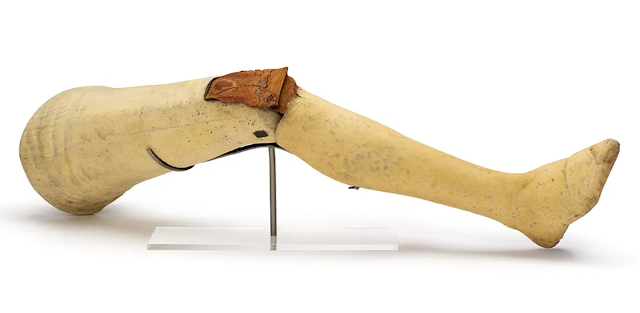OBSCURE SAINTS - St Herbert of Derwentwater
A lesser known saint of the British Isles, St Herbert’s story - at least what we know of it - is an interesting sketch of the lesser recorded, isolated monasticism of some early medieval Christians. Like many saints the name most attached to this particular Herbert is not the place of his origin. In fact, his origin is unknown, with even Bede, the most reliable historian who wrote of him, being vague about the details of his early life. Indeed, in Bede’s Ecclesiastical History, where he is named as Herebert, and according to most translations is described as a ‘hermit’ but not as a monk, he appears only once. The details of his calling or his life before his self-exile are scarce indeed. What is emphasized in its stead is the strong spiritual fellowship he had with St Cuthbert. The passage in Bede is one in which Cuthbert predicts his own death to Herebert. It is from Bede’s narration of this passage that we get the minimal detail we have on Herebert and his mode of life. Herebert is described by Bede as a priest who lived the life of a hermit. It is stated that he used to come to visit Cuthbert once a year, apparently regardless of where Cuthbert might be. Bede then describes the two as supporting each other equally – before Cuthbert, apparently casually, reveals it is their last meeting in this life. Bede then records a passionate speech from Herebert in which he begs Cuthbert not to leave him – speaking of him as his most devoted friend and describing the correction Cuthbert had given him to his way of life. They are then described as praying together until they were certain they had been granted their request to die at the same time. Bede goes on to relate that this was proven true when they subsequently died on 20th March. There is then however an interesting passage regarding ill-health in which Bede remarks that –
“But Herebert was first tried by a long illness. And one may believe that God’s mercy decreed this in order that, if his merits were inferior to those of Cuthbert, the chastening of a long illness might supply whatever was lacking: in this way, he would be made equal in grace with his intercessor and in departing this life at the same time would merit to enter into the same state of eternal blessedness.’ (1)
What is interesting here is that illness is seen in this episode as both a trial and as part of a process of sanctification. This displays an inference that Herebert’s illness was both the result of some form of moral failing, and at the same time the method of its (spiritual) healing. This again shows a way in which the medieval view of health and ill health was more complex and nuanced than we might previously have believed.
St Herbert takes the later part of his title from the lake around the island on which he lived - which to this day retains the name St Herbert’s Island. The island is passed regularly by the Keswick Launch which takes a circular journey around the outside of the Lake, providing access to the Fells and towards the end of the next valley. Nearby beauty spot (if any such spot can be dedicated as such within the Lake District as being more beautiful than any other is a matter for debate) Friar’s Crag takes its name from the fact it was the regular embarkation point for monks travelling across the lake to visit St Herbert.
St Herbert is a rare saint in terms of church dedications - however there is one Catholic church within Cumbria, and it together with the joint parish church of Our Lady of the Lakes & St Charles’s (Our Lady of the Lakes is within Keswick itself and is itself a rare dedication) once a year undertakes a pilgrimage to the island to say Mass in the remains of St Herbert’s hermitage some of which still remain standing to this day.
(1) Quotation from page 261 of the Penguin Classics edition of Bede’s Ecclesiastical History.





